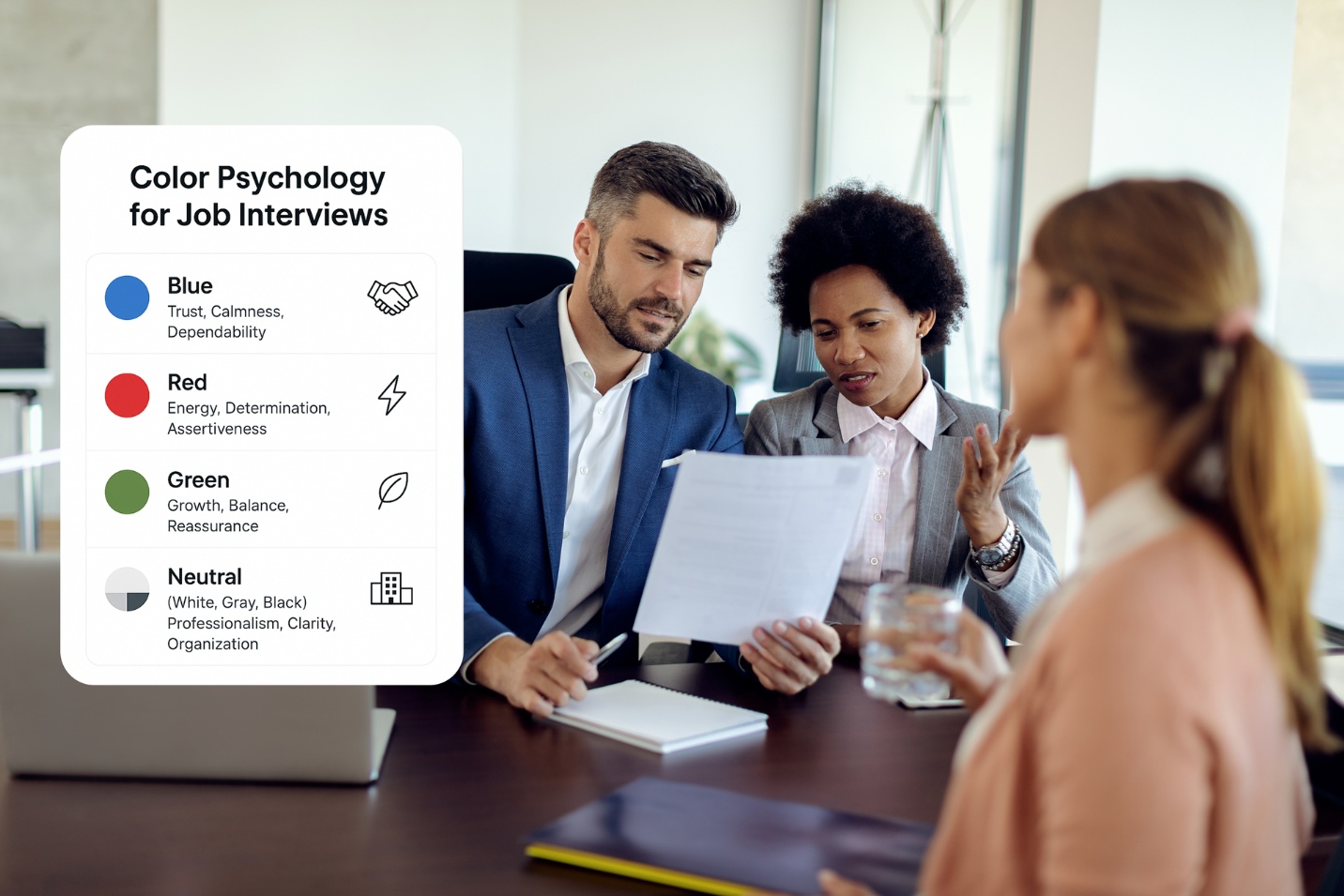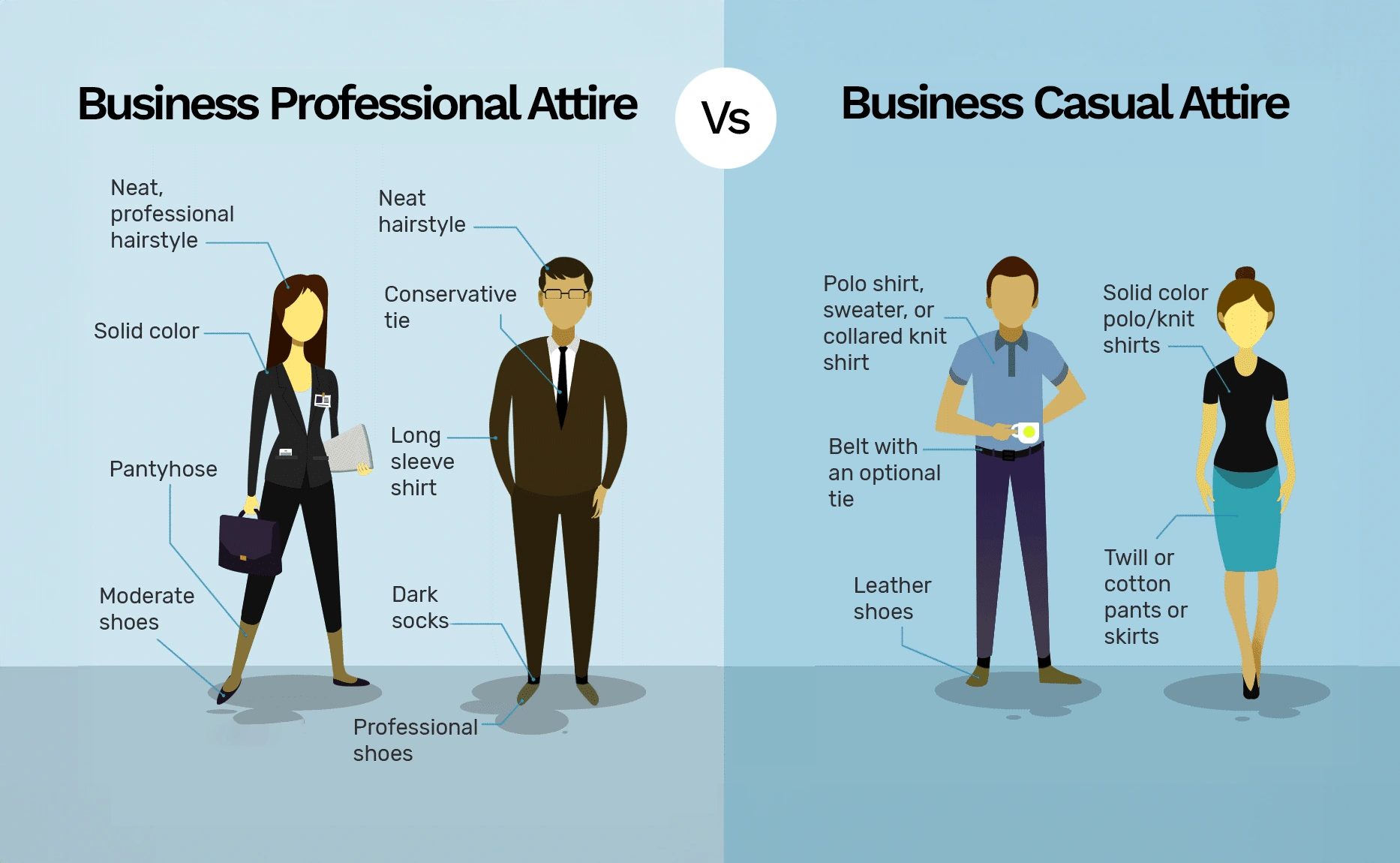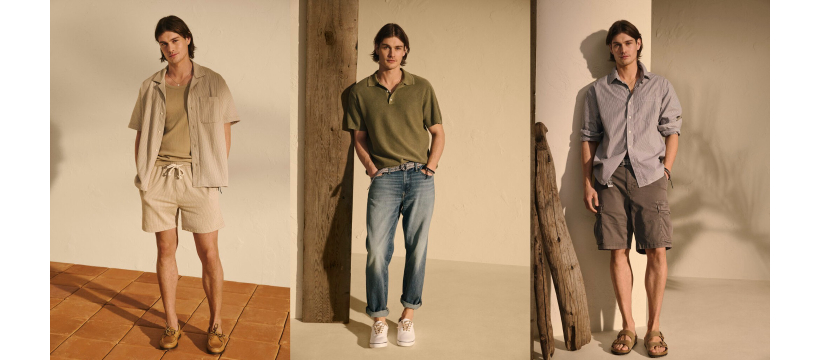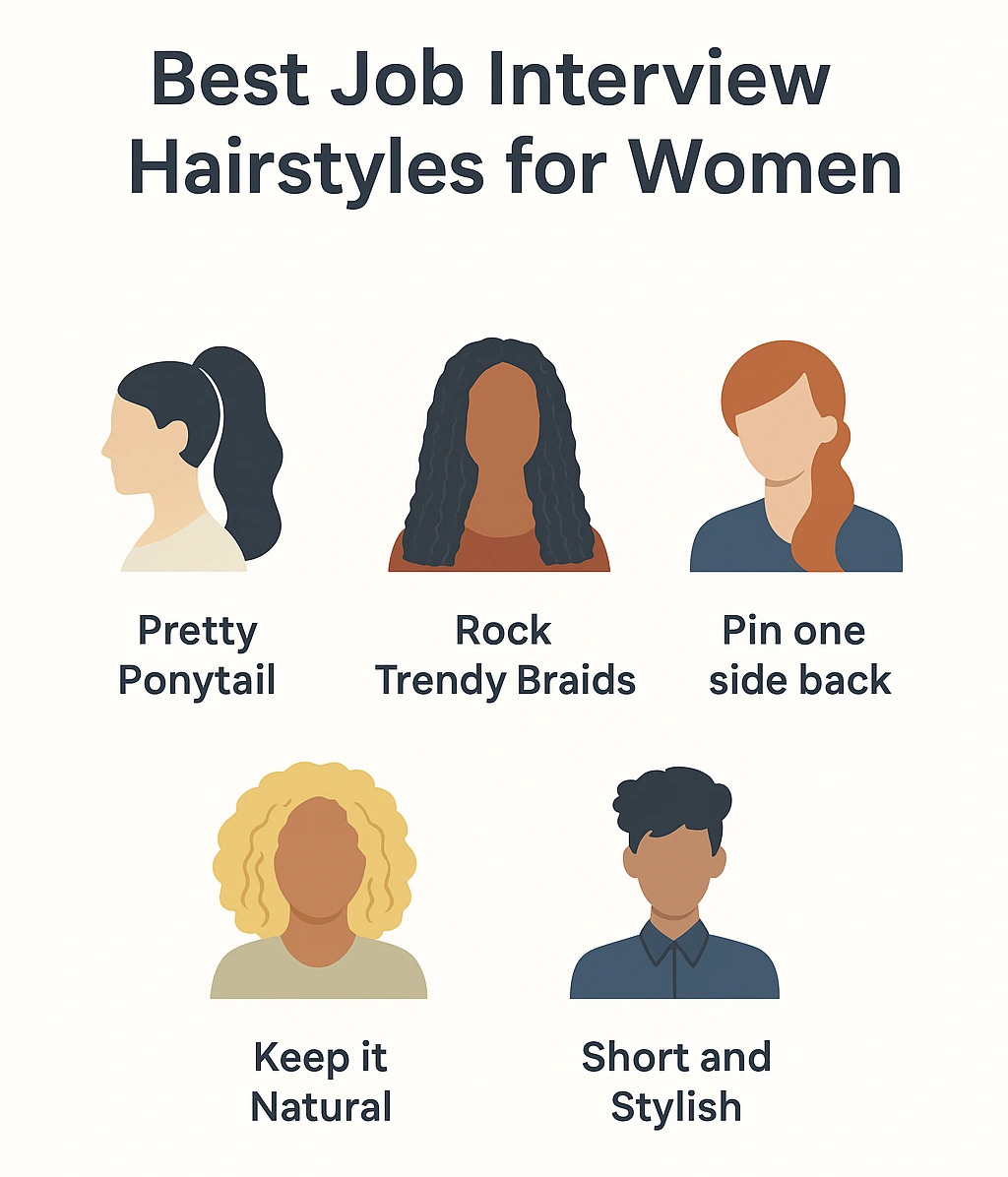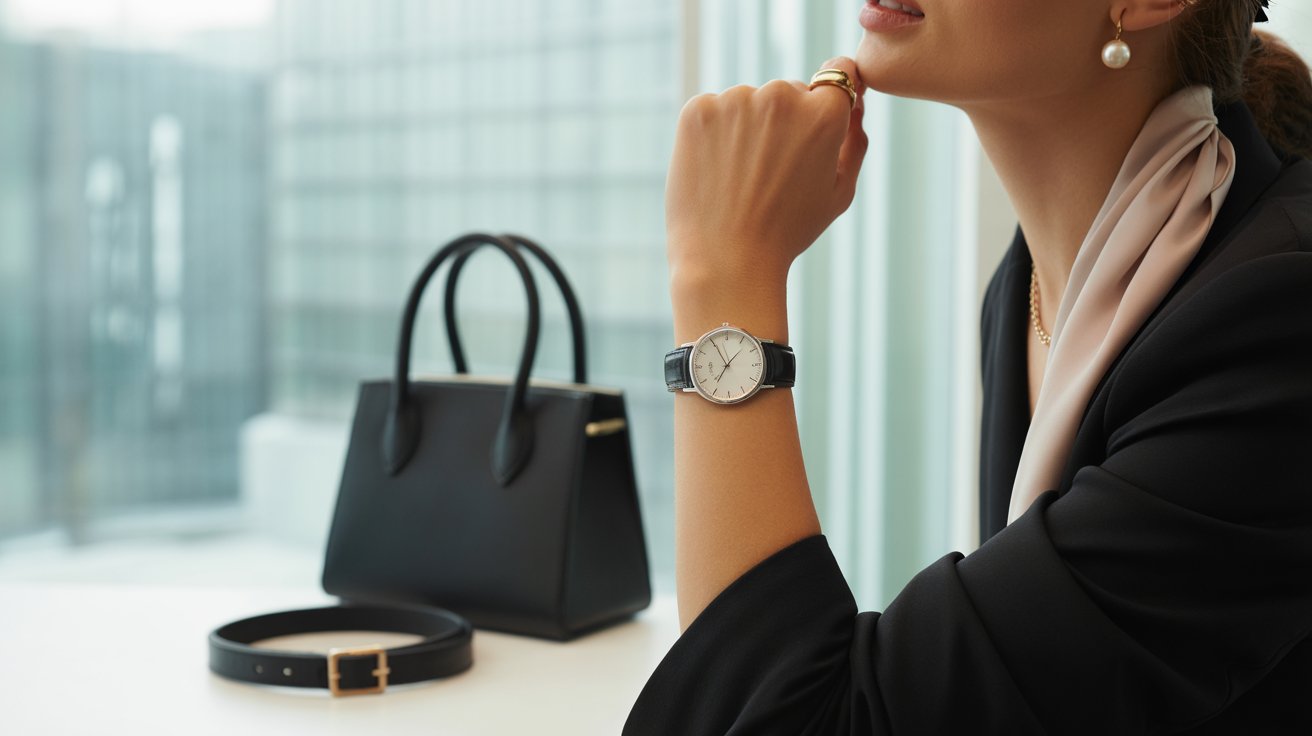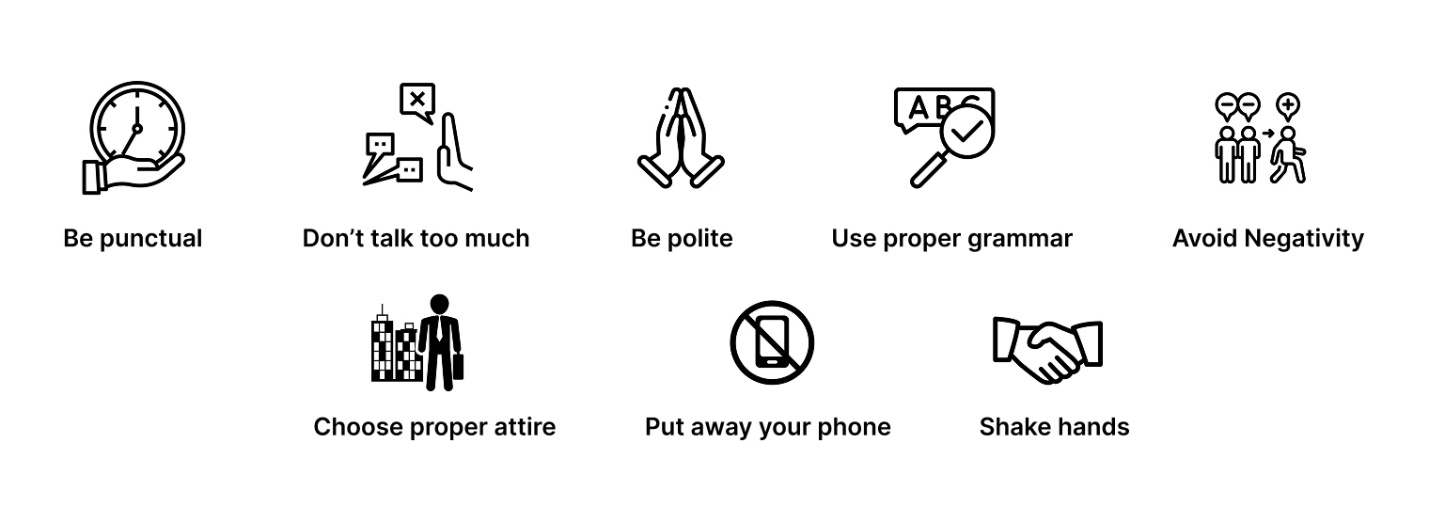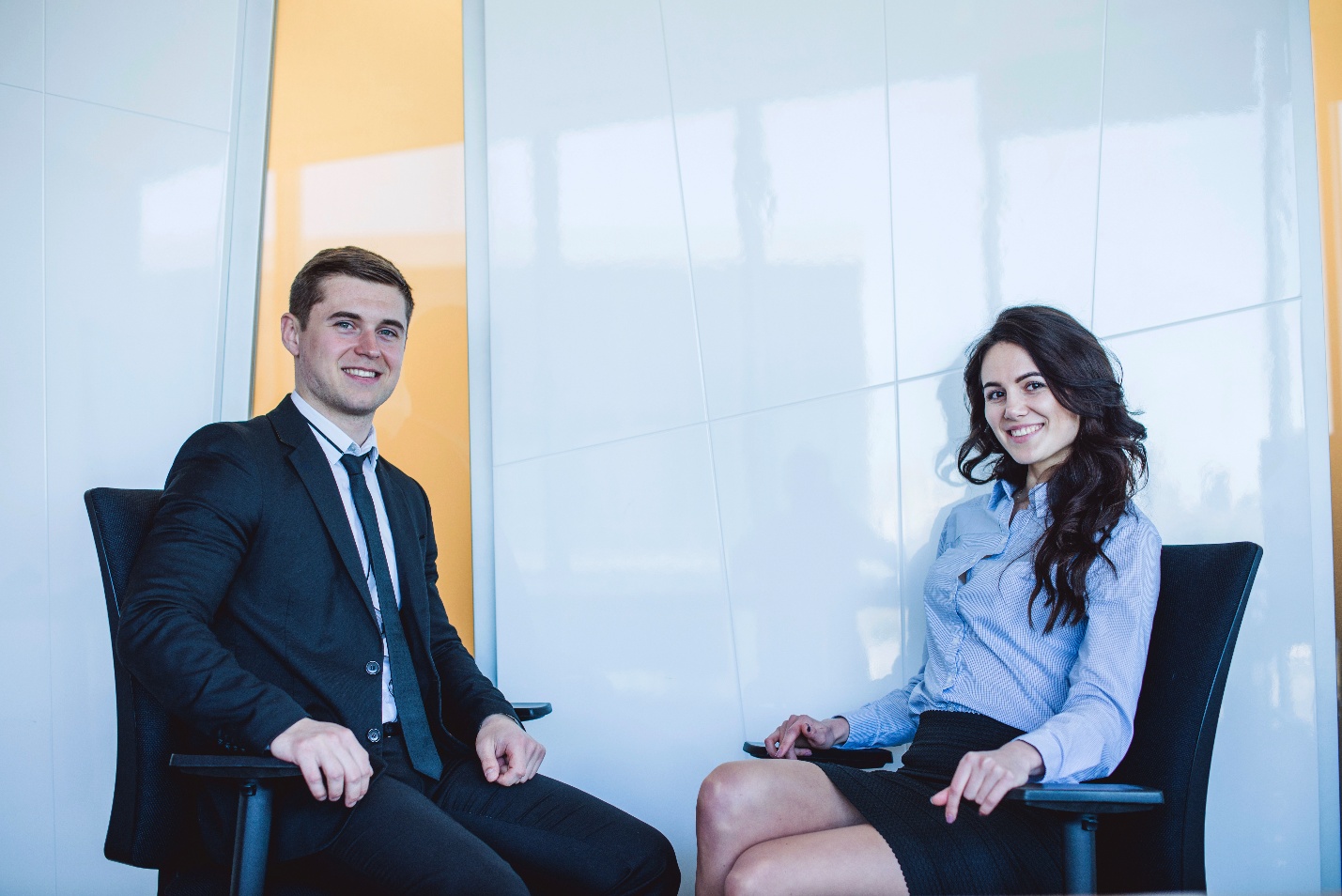Landing a job interview is an important milestone in anyone’s career journey, but whether you get the job can depend as much on your appearance and grooming as your resume or technical know-how. In today’s highly competitive labor market, hiring managers form first impressions within seconds and make rapid decisions about a candidate’s cultural fit, professionalism, and potential. Read on to find out How to Dress and Groom for a Job Interview.

From color psychology to the cut of your jacket, from subtle makeup to accessory choices, every detail matters. This comprehensive guide breaks down not only what to wear to a job interview.
Why Dressing and Grooming Matter for Interviews
Before even a word is exchanged, interviewers form strong impressions based on your outward presentation. Clothes, grooming, posture, and accessories—these are instant signals to employers about your judgment, attention to detail, respect for the company, and—even subconsciously—your competence and expected performance. Studies show 55% of first impressions are based on appearance alone, with 71% of companies admitting they have rejected candidates for poor attire, and 51% have declined applicants simply due to the way they presented themselves.
This “enclothed cognition” effect is well-documented in psychology: dressing for the job you want actually elevates your self-confidence and performance, while neat grooming both enhances your mood and helps you handle interview stress with poise.
Color Psychology for Interview Attire: What Colors to Choose and Avoid
When assembling your interview wardrobe, choosing the right colors is as critical as selecting the right style. Color psychology research demonstrates that certain shades convey trust, competence, energy, or authority—while others can signal immaturity, rebellion, or a lack of professionalism–even subconsciously.
Best Colors to Wear
- Navy Blue
- Symbolizes trust, confidence, and stability. Universally professional.
- Black
- Denotes authority and power, best for formal, senior, or executive roles.
- Gray
- Conveys sophistication, neutrality, and logic. Shows professionalism in a non-intimidating way.
- White
- Associated with organization, cleanliness, and detail-orientation. A crisp white shirt or blouse pairs well with nearly any suit color.
Colors and Patterns to Avoid
- Orange, Red, Yellow
- Orange is deemed unprofessional and immature; red can appear aggressive; yellow is too playful for most fields.
- Brown
- Can imply passivity or staidness—often considered outdated in fast-paced fields.
- Bright or Multi-Color Patterns
- Distracting and unprofessional; can signal a lack of judgment. Save bold patterns for casual gatherings.
- Green/Purple
- Use with caution; can be acceptable in creative fields, but usually best avoided in traditional environments.
Key Takeaway: When in doubt, opt for classic, neutral shades in solid colors. Save bright hues and patterns for accent accessories only.
Men’s Professional Interview Clothing Styles
Business Formal Environments (Finance, Law, Corporate Roles)
- Navy or Charcoal Suit: These are the “gold standard” for interviews—more modern and versatile than all-black.
- Shirts: Crisp white or light blue, solid colored, with a classic spread or barrel cuff.
- Tie: Conservative, in navy or burgundy, with subtle stripes or dots. No novelty or bright patterns.
- Shoes: Black or dark brown leather cap-toe Oxfords. Ensure they are polished to signal attention to detail.
- Accessories: Simple belt matching the shoes, over-the-calf dress socks matching the pants, dark leather briefcase or portfolio, and a classic watch.
- Grooming: Clean-shaven or well-trimmed facial hair, short hair or neatly styled, trimmed nails. Minimal cologne.
Business Casual Settings (Tech, Education, Modern Offices)
- Blazer + Trousers: Navy, gray, or subtle check blazer with coordinated dress slacks. Collared shirt (no tie required in most tech/startup interviews).
- Shoes: Polished loafers, brogues, or conservative boots.
- Accessories: Minimize jewelry (watch and wedding ring if applicable); a slim portfolio or structured messenger bag is best.
- Colors: Stick to navy, gray, or muted earth tones.
Creative or Startup Roles
- Smart Casual: Chinos or dark wash jeans (if appropriate), with a button-up shirt (solid or subtle stripe), blazer, and coordinated shoes. You can add a pop of personality with a bold pocket square or creative socks, but keep the overall look tailored and intentional.
Men’s Interview Attire: What to Avoid
- T-shirts, jeans (unless specifically indicated), sneakers, sandals, loud or shiny accessories, oversized/fitted clothes, short sleeves, ill-fitting suits, and overly cologne-heavy scents.
Women’s Professional Interview Clothing Styles
Formal/Corporate Environments
- Suit or Coordinated Set: Dark suit (pantsuit or skirt suit), or a classic sheath dress with a blazer.
- Blouse: White, cream, or muted pastel; avoid see-through fabrics or ruffles.
- Skirts/Slacks: Skirt at knee-length or just below to maintain professionalism; slacks well-fitted.
- Shoes: Closed-toe pumps (2–3 inch heel), flats, or low wedges in a neutral color.
- Hosiery: Neutral or black if wearing a skirt/dress.
- Accessories: Simple; understated necklace or studs, subtle watch, classic tote or structured bag.
- Grooming: Nails neat, hair tidy (see hairstyle tips below), minimal makeup, and subtle fragrance.
Business Casual/Tech & Modern Offices
- Pants/Skirt with Top: Tailored pants or knee-length skirt with a blouse or shell, and optionally a cardigan or stylish blazer.
- Colors: Navy, black, gray, or earth tones; muted pastels for softer touch.
- Shoes: Smart loafers, flats, ankle boots, or pumps; comfort is important.
- Bag: Structured bag or professional satchel.
Creative Roles
- Business-Casual With Flair: Add a touch of personality via a colorful scarf, patterned (but muted) shirt, or statement shoes—but keep fit and silhouette professional.
- Dress: Midi or knee-length, in a contemporary cut; pair with a blazer if necessary.
Women’s Interview Attire: What to Avoid
- Mini skirts, open-toed sandals, sneakers, sheer or revealing fabrics, oversized or flashy jewelry, deep necklines, heavy makeup, bright/multi-color patterns, chipped nail polish, unkempt hair, and bags that are too casual or busy-looking.
Patterns and Designs to Avoid in Interview Attire
- Loud Graphics, Large Prints: These distract and undermine professionalism.
- Bright Colors (especially neon): Refrain; these draw attention from you to your clothes.
- Animal Prints, Metallics, Sequins: Save for after-hours or creative industries only if company culture allows.
- Overly Tight or Baggy Fit: Both send a poor message—one seems too casual or careless, the other is uncomfortably formal or out-of-touch.
- Sheer Materials: Appear unpolished and at risk for wardrobe malfunctions.
- Wrinkled, Torn, or Ill-Fitting Pieces: Always choose clean, pressed, and well-fitted garments.
Interview Makeup Dos and Don’ts
Makeup Dos
- Keep It Natural: Neutral eyeshadows (browns/taupe), light foundation, and subtle blush enhance features without drawing attention.
- Foundation/Concealer: Use only to even tone. Choose a shade that matches your skin, and avoid cakey coverage.
- Mascara: Waterproof and clump-free. Avoid false eyelashes.
- Brows: Tidy and filled with a subtle gel or pencil if needed.
- Blush/Bronzer: Subtle, natural; avoid harsh contouring.
- Lips: Nude or soft pink. Matte or satin finishes preferred over gloss.
- Setting Powder/Spray: Keeps makeup intact over long interviews.
- Bring Touch-Up Kit: For last-minute fixes.
Makeup Don’ts
- Avoid Heavy Applications: No thick foundation, strong brows, excess bronzer, or dramatic contour/highlight.
- No Bold or Glittery Colors: Save purples, metallics, smokey eyes, and neon for outside of work.
- Skip Bright/Bold Lips: Red, deep plum, and bright tones can appear too strong.
- No Glossy Finishes: Stick to matte/satin; gloss risks looking sticky or unprofessional.
- No Heavy Eyeliner or Cat Eyes: Use pencil for soft definition—no wings!
- Don’t Test New Looks: Stick to tried-and-true routines to avoid allergic reactions or mishaps.
- Do Not Apply With Outfit On: Makeup can stain, risking a last-minute disaster.
Interview Haircut and Hairstyle Suggestions
For Women
- Sleek and Tidy Styles: Low ponytail, chignon, smooth bun, French twist, or simple straightened hair tucked behind ears. These look professional and keep hair out of your face.
- Half-up, Half-down: Balances comfort and polish.
- Short Hair: Smooth bobs, textured pixie cuts, or neatly styled waves.
- Natural & Curly Hair: Embrace natural texture, styled up or in a well-defined shape. Avoid excessive frizz; use serums.
- Accessories: Simple, understated headbands or clips that complement the outfit.
- Pinned or Tied Styles: Especially useful if you tend to touch your hair when nervous.
For Men
- Professional Cut: Short back and sides, well-trimmed or close-cropped. Avoid extreme styles.
- Facial Hair: Either clean-shaven or meticulously groomed beard/mustache. No stubble.
- Products: Use only enough gel or pomade to keep hair neat.
Key Rule: The goal is tidy, low-maintenance, and distraction-free. Any hairstyle that makes you want to fuss or tuck hair throughout the interview should be avoided. Any non-natural colors or ultra-modern styles are best saved for after work, unless the industry is exceptionally creative and the company culture permits.
Interview Guidance on Tattoos and Body Art
Despite tattoos’ growing acceptance, visible body art can still trigger negative bias in conservative fields. About 31% of managers say they’re less likely to promote a candidate with visible tattoos, and 37% may reject candidates with facial piercings.
When and How to Cover Tattoos
- Loan sleeves, high collars, tights: Cover arm and neck tattoos with shirts, blazers, or scarves—choose opaque tights for leg tattoos.
- Concealer/makeup: Use color-correcting, full-coverage, waterproof foundation (like Dermablend) for small areas.
- Accessories: Thick watches or bangles can cover wrist tattoos (use sparingly and only if fitting the company culture).
- Long skirts/pants, closed-toe shoes: Cover foot and ankle ink.
Rule of thumb: When in doubt, conceal all body art at least for the first interview. If you’re hired, ask HR about company policies before showing ink.
For piercings, keep one conservative pair of earrings (if any), and remove facial, nose, or cartilage piercings for entry into most professional fields.
Accessorizing for Success: Watches, Hairclips, Bags & More
Watches
- A classic, analog watch signals punctuality and professionalism. Avoid digital, oversized, or brightly colored watches.
- For technology/creative roles, a neutral smart watch may be appropriate.
Jewelry
- Women: Simple studs or small hoops, subtle necklace, thin bracelet, or wedding ring.
- Men: Wedding band and watch only. No chains or dangling earrings.
- Avoid anything noisy, shiny, or distracting.
Hair Accessories
- Classic headbands, slim barrettes, small clips in neutral colors.
- Avoid large bows, decorative pieces, or anything that attracts attention or looks childish.
Bags
- Structured handbags, totes, or briefcases. Black, brown, navy, or beige.
- Should fit resume, portfolio, and a notepad, but small enough to tuck neatly at your side.
- Avoid backpacks, slouchy bags, totes with cutouts/designs, or overly trendy logos.
Other
- Belt: Should match shoes; keep to a simple, professional buckle.
- Scarf: Neutral and subtle, only in colder weather or for a pop of color within classic boundaries.
Accessory Rule: Less is more. Accessories should complement your expertise, not compete with it.
Essential Grooming Etiquette and Behavioral Presentation
- Clothing: Clean, pressed, and free of lint or pet hair. Check for loose hems, missing buttons, and stains.
- Hygiene: Shower, use deodorant (fragrance-free if possible), brush teeth, and keep nails neat and clean.
- Scent: Skip perfume/cologne or use a barely-there amount. Strong scents can distract or even offend interviewers.
- Posture: Sit tall, make eye contact, smile, speak clearly, and shake hands confidently.
- Body Language: Avoid fidgeting, touching face or hair, or excessive hand movements. Keep gestures natural and moderate.
- Breathe and Smile: A calm, pleasant demeanor puts both you and your interviewer at ease.
Grooming and nonverbal cues together account for over 90% of the impression you make before the interviewer even processes what you say.
SynergisticIT Job Placement Program: Mastering Interview Presentation
SynergisticIT, a leader in IT talent and placement, has guided thousands of candidates through more than 50,000 interviews for Fortune 500 employers. Their programs go far beyond technical training; they prioritize soft skills, interview grooming, and presentation mastery as core outcomes for tech professionals and IT jobseekers.
How SynergisticIT Supports Jobseekers
- Behavioral and Soft Skills Coaching: Dedicated sessions on body language, attitude, and confidence as they apply directly to interview rooms and video calls.
- Live Mock Interviews: Practice sessions for technical, behavioral, and scenario-based interviews, drawing from a proprietary database of over 5,000 real tech interview questions.
- Individualized Feedback: Blunt, actionable advice on appearance, posture, attire, and grooming, tailored to the hiring company’s standards.
- Resume and LinkedIn Optimization: Guidance ensuring your digital and in-person branding match—critical in tech hiring.
- Portfolio and Presentation: Advice on what to bring (portfolios, digital devices, business cards), how to organize, and how to present yourself as a solution—not a supplicant.
SynergisticIT’s commitment to live preparation and marketing candidates directly to hiring companies has led to higher-than-average interview-to-hire ratios, with salary offers regularly ranging from $85,000 to $150,000 for its grads—the best ROI in the industry.
Key Program Highlights
- 15 years of tech hiring experience, 24,000+ tech industry clients, and ongoing feedback from real-world hiring teams.
- Guidance that covers not only attire, grooming, and communication but also psychological preparation and answering tough personal presentation questions.
- Workshops and event videos featuring top recruiters and SynergisticIT alumni on mastering “enclothed cognition” for optimal interview performance.
- Specific interview readiness resources for jobseekers from diverse backgrounds, including recent graduates, those with career gaps, and OPT international students.
Explore SynergisticIT’s job placement programs:
- SynergisticIT Job Placement Program
- Java Job Placement Program
- Data Science Job Placement Program
- SynergisticIT USA Today Article
- Event Videos & Workshops
- SynergisticIT Blogs for Jobseekers
Interview Attire and Grooming Do’s & Don’ts Table
| Category | Do’s | Don’ts |
| Colors | Navy, black, gray, white, neutrals | Orange, red, yellow, brown, neon, loud prints |
| Men’s Clothing | Suit/blazer, pressed shirt, neat tie, polished dress shoes | T-shirts, jeans, sneakers, short sleeves, stubble |
| Women’s Clothing | Suit/blazer, knee-length skirt/dress, tailored pants, closed pumps | Sheer, short, low-cut, tight, sandals, loud jewelry |
| Makeup | Neutral shades, light foundation, subtle blush | Bright lips/shadow, heavy liner, glitter/false lashes |
| Hair | Neat bun, ponytail, smooth bob, tidy facial hair, short for men | Messy, wild styles, neon colors, unkempt, stubble |
| Tattoos | Cover with clothing/makeup, remove/fill piercings | Visible body art/piercings in formal industries |
| Accessories | Simple watch, wedding ring, subtle earrings | Large, jangly, loud, plastic, noisy, multiple rings |
| Bags | Structured, neutral tote/briefcase/portfolio | Backpacks, soft/fashion bags, mini/personal purse |
| Grooming/Etiquette | Shower, deodorant, trimmed nails, subtle scent | Strong perfume/cologne, dirty nails, messy clothes |
| Behavioral | Good posture, eye contact, smile, calm | Fidgeting, slouching, over-gesturing, nervous tics |
Explanation and Analysis:
Colors and clean lines set the tone for professionalism and reliability. Ill-fitted or inappropriate clothing can ruin your chance before the interview even begins. Grooming habits signal respect for yourself and the organization, and considered accessories show you know how to balance personal style with workplace expectations. Negative behaviors such as fidgeting or over-accessorizing can steal the spotlight from your skills.
Final Thoughts
No matter how brilliant your technical skills or impressive your resume, in today’s hiring climate, you must prove you can represent yourself—and, by extension, your prospective employer—with excellence. Mastering the art of interview dressing and grooming is about more than clothing; it’s about respecting the opportunity, project confidence, and showing that you are prepared for the responsibilities and social environment of professional work.
SynergisticIT’s widely respected job placement programs, behavioral training, and technical upskilling programs are living proof that mastering both technical and professional presentation skills turns jobs into careers. With their personalized interview preparation, you’re more likely not only to land your next tech job—but also to thrive in it.
Good luck in your job search! Prepare well, present well, and success will follow.


